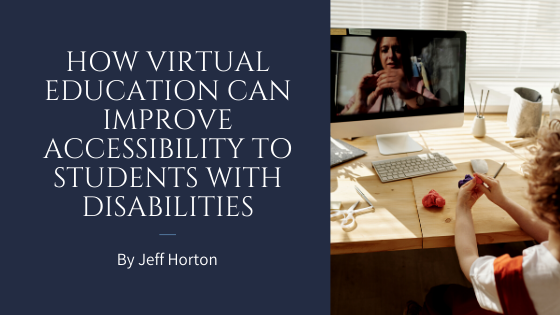With virtual learning becoming increasingly popular, educators are starting to wonder what sort of effect it will have on children’s ability to learn. Though it can make things tricky for some students, there are also surprising benefits to using virtual education. It turns out that many students with disabilities can benefit from this unconventional education method.
Virtual Classrooms Reduce Certain Biases
Even the best teachers are often subject to various biases like the idea that students who sit in the front are more eager to learn. These biases can end up affecting the perception of students with special needs. Virtual education takes away a lot of these biases. Students are all given the same class status and often randomly assigned places in the virtual classroom. For teachers who choose to have virtual classes where students are not on video, visual appearances are also hidden. This can help keep teachers from unconsciously treating students with disabilities differently from the rest of their classmates.
There Are More Ways of Communicating Effectively
The wide range of communication options provides more accommodations for students. Those who struggle with writing and reading may have the opportunity of learning by listening to lectures or talking with a teacher. Virtual classrooms can also help address the fact that verbal communication is often challenging for students with a hearing impairment or autism. Virtual classrooms often make communication easier by allowing students to type out messages, prompting students to wait their turn before speaking, or allowing non-verbal communication like sending emoticons or pressing a button to raise their hand.
Students Can Learn At Their Own Pace
Unlike traditional education, there is no reason for students to follow strict timetables for learning. Classroom lectures can be videotaped, allowing students to go back and rewatch lessons if they need more time to understand a concept. With the option of emailing in homework or tests, teachers can also accommodate students who need additional time to complete their work. Furthermore, learning from home lets students figure things out on their own timetable. This makes education more accessible to those with learning disorders or other disabilities that make it challenging to learn at a standard pace.

